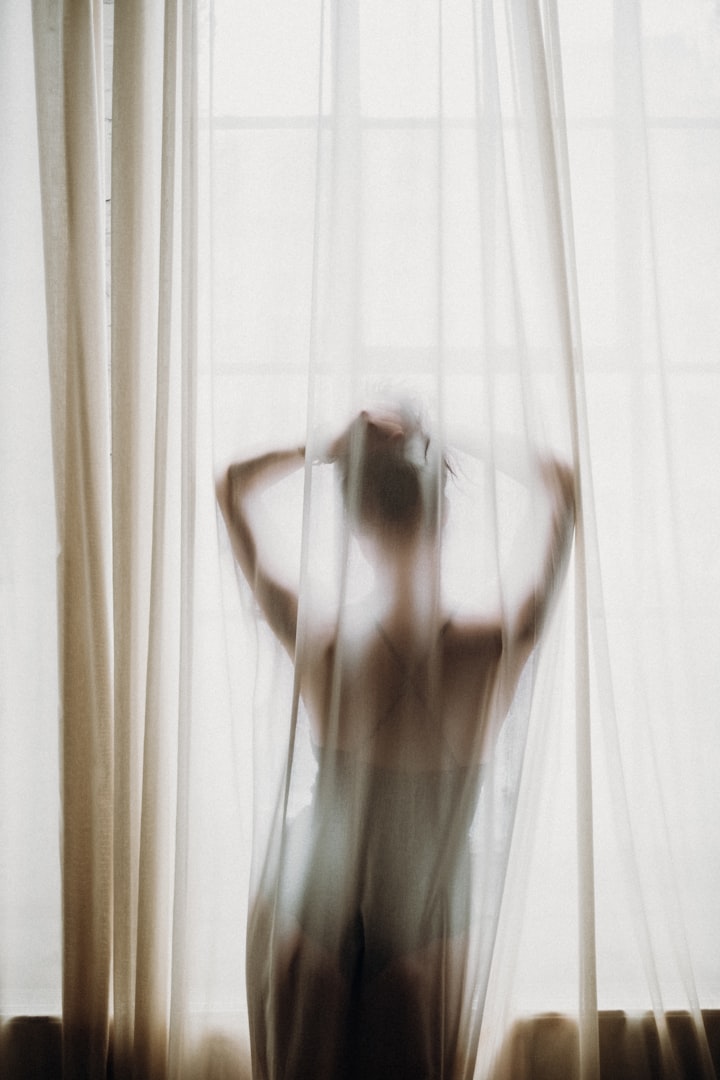Poetic Intimacy
The female voice defines explorations of various intimant encounters

While the time span of 1960-1990 saw vast historical and cultural changes against the backdrop of women seeking equality, there is one word that can be used to describe the difference in female poetry written throughout these decades. Intimacy is the key definer of these generations. I feel that there are four poems that can specifically show how intimacy defines poetry during these eras, with a difference in intimacy through experience and definition found in each poetic generation.
The Applicant by Sylvia Plath
Female poetry of the 1960s held a fight for intimate existence, and this can be seen best in Sylvia Plath's The Applicant, written in 1963. This piece contributes to the debate on the role of a woman in a marriage and her conventional role. Plath has aptly described the state of a wife with two words in this poem, ‘living doll’. This piece explores gender stereotypes, marriages, and social pressure of the time, bringing forth issues of Plath's views by speaking as in an interview for a wife, which is notably treated more like a commodity than that of a human being. With a satirical tone throughout this work, there is no room for romance left in this piece. One would assume this would come along with asking for a hand in marriage, but Plath constantly refers to the wife as 'it' with indications of the wife being resistant to and able to face all kinds of problems. However there is never a note of intimacy, for during this time women fought to find a form of intimacy from their husbands.
The Ballad of the Lonely Masturbator by Anne Sexton
The 1970s was known as a time of liberation. The female voice fought for the freedom to find intimacy in ways that the woman chose. This is best seen in The Ballad of the Lonely Masturbator by Anne Sexton. Written at the very beginning of the sexual revolution of the 70s (as it was actually written in 1969 but begins the journey that was seen throughout the 70s), this era provided a freedom to find intimacy, or even to define a choice to obtain a lack of intimacy, as lonely as that can be.
Written as a confessional poem in which she explores her intimate feelings about masturbation during a post-break-up era in her life, this piece is noteworthy because of its ability to bring forth the taboo subject of female sexuality. Sexton has refrained from using the word 'sex' throughout the piece, and 'masturbation' only appears in the title. She has skillfully delivered these meanings without using the words themselves but rather by using an overall suggestive language. Though it is not the prevailing element, the imagery in the poem helps it further insert the dominant feelings. By refraining from using the words 'sex' and 'masturbation', Sexton allows this poem to be deemed as appropriate for the time period, remaining with a vocabulary that is still acceptable, yet refraining from mentioning a topic that, at the time, was not. Coming out of the deepest parts of the poet's psyche this poem is extremely sincere. The themes of loneliness, humiliation, and jealousy are common to us all, and the way she conveys these feelings onto the page is remarkable. The use of female sexuality as the subject matter obviously requires courage for her part, as she was writing this poem at a time when it is considered taboo. The images throughout the poem help us to visualize her pain, therefore supplementing our connection to and empathy with the poets feelings in general. While she wrote this piece at the cusp of a sexual revolution, Sexton became a forefather (or mother) to this time period through pieces such as this.
At the End of the Affair by Maxine Kumin
Exploring the intimate struggles found in the aftermath of an adulterous affair, At the End of the Affair was written by Maxine Kumin in 1973. She suggests that when a love affair must end, it should end destructively. Otherwise, the possibility of lapsing back is too great, and the conclusion will be the predictable "tangle in the same old snare / saying the little lies again." Though adultery poems are fashionable among contemporary poets, often serving as vehicles for a more encompassing guilt, Kumin's seem almost detached, as if she does not quite connect with the experience. Since evasion is not typical of Kumin, it is difficult to know whether she is merely reflecting current attitudes or expressing values she believes in. Nevertheless, this is another great example of intimate topics explored in a time period that they had previously not been shared.
For my Sister Molly Who in the Fifties by Alice Walker
The word "intimacy" is usually associated as being sexual, but when we look at this word in the Oxford Dictionary, we see that it simply means "close familiarity or friendship; closeness". While the word "intimacy" tends to be associated as sexual, when we look at what it is truly defined as, the 1988 poem For my Sister Molly Who in the Fifties by Alice Walker is the most intimate of all these works selected. While the previous works from the 60s and 70s had brought anger and resentment, this piece does the opposite by warming the heart to its core. In a time when women of previous generations had been told to "stay quiet" on topics of sex, followed by an explosion of confessional writing in an era filled with stories of female angst toward intimacy, For my Sister Molly Who in the Fifties is the true symbol and definition of intimacy. Walker wraps up these eras well by exploring true intimacy in a family relationship that is far from being sexual. It explores the relationship and admiration with her sister, who she loves dearly.
To understand this piece and its importance it is valuable to spend a bit of time discussing who this poet was and what she stood for. Best known for her Pulitzer Prize winning novel The Color Purple, Walker is a feminist and vocal advocate for human rights. Walker’s writing reflects her roots in Georgia, where Black vernacular was prominent and the stamp of slavery and oppression were still present during the time of writing this piece. What is most interesting about this author is that she coined the term “Womanist” to describe her philosophical stance on the issue of gender. As a Womanist, she sees herself as someone who appreciates women’s culture and femininity. Her work often reflects this stance, as well as the universality of human experience, and is best summed up by Derrick Bell, who noted in his Los Angeles Times Book Review critique that Walker “uses carefully crafted images that provide a universality to unique events (Poetry Foundation).” She has been characterized as “composed, wry, unshaken by adversity, with a strong, beautiful voice that "beckons to heal ourselves and the planet (Poetry Foundation).”
Female poetry of the 1960s fought for a voice to be recognized intimately, while the 70s provided freedom to find intimacy, or even choice to obtain a lack of intimacy. The importance of the 70s was that the female voice defined a "choice". Finally, poetry of the 80s found ways to define intimacy in alternative means such as that of family.
To read these works:
About the Creator
Stevi Vaughn
My existence has been made of experiences that just don’t happen to ordinary people. Stories that I yearn to share with the world, but right now I'm just trying to live each day at a time, expressing my creativity where I can.






Comments
There are no comments for this story
Be the first to respond and start the conversation.